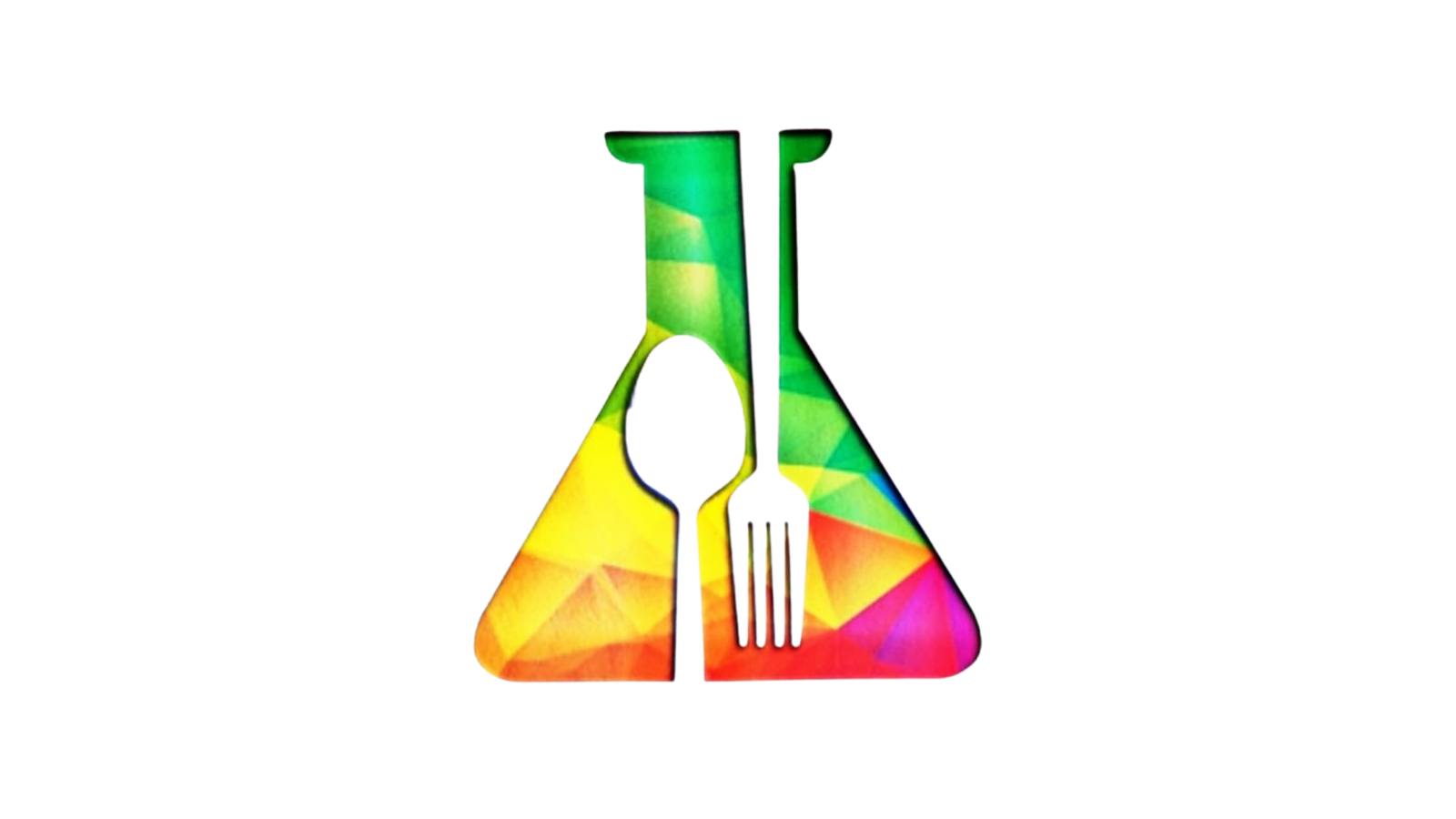Q. Canning ____________ microorganisms due to the extreme temperatures
- slows the growth of
- destroys
- encourages growth of
- None of the above
Answer: b)
Canning is the process of applying heat to food that is sealed in a jar in order to destroy any microorganisms that can cause food spoilage. Proper canning techniques stop this spoilage by heating the food for a specific period of time and killing the microorganisms.
Q. What method of food preservation is used in making “ atchara”
- Salting
- Curing
- Pickling
- Drying
Answer: c)
Fresh and crunchy green papaya pickles in a garlicky, sweet brine—this atchara recipe is a fast and easy pickling process that anyone can make at home.
Q. It is the process of prolonging the shelf life of a raw product means of drying, freezing, salting and etc.
- Food management
- Food processing
- Food preservation
- Food nutrition
Answer: c)
The term food preservation refers to any one of a number of techniques used to prevent food from spoiling. It includes methods such as canning, pickling, drying and freeze-drying, irradiation, pasteurization, smoking, and the addition of chemical additives.
Food preservation has become an increasingly important component of the food industry as fewer people eat foods produced on their own lands, and as consumers expect to be able to purchase and consume foods that are out of season.
The vast majority of instances of food spoilage can be attributed to one of two major causes: (1) the attack by pathogens (disease-causing microorganisms) such as bacteria and molds, or (2) oxidation that causes the destruction of essential biochemical compounds and/or the destruction of plant and animal cells.
Q. What effect do salting have on food such as meat
- It increase the amount of moisture in the meat
- It affects the PH and prevent spoilage
- It dehydrates the meat and slows down spoilage
- None of the above
Answer: c)
Salting of meat or fish dehydrates, percentage of water becomes less and then it slows down the spoilage
Q. Which of the following types of radiation are used for food preservation
- Gamma-rays
- X-rays
- High energy electron beams
- All of the options
Answer: d)
Food irradiation involves the use of either high-speed electron beams or high-energy radiation with wavelengths smaller than 200 nanometres, or 2000 angstroms (e.g., X-rays and gamma rays).
These rays contain sufficient energy to break chemical bonds and ionize molecules that lie in their path. The two most common sources of high-energy radiation used in the food industry are cobalt-60 (60Co) and cesium-137 (137Cs). For the same level of energy, gamma rays have a greater penetrating power into foods than high-speed electrons.
The unit of absorbed dose of radiation by a material is denoted as the gray (Gy), one gray being equal to the absorption of one joule of energy by one kilogram of food.





